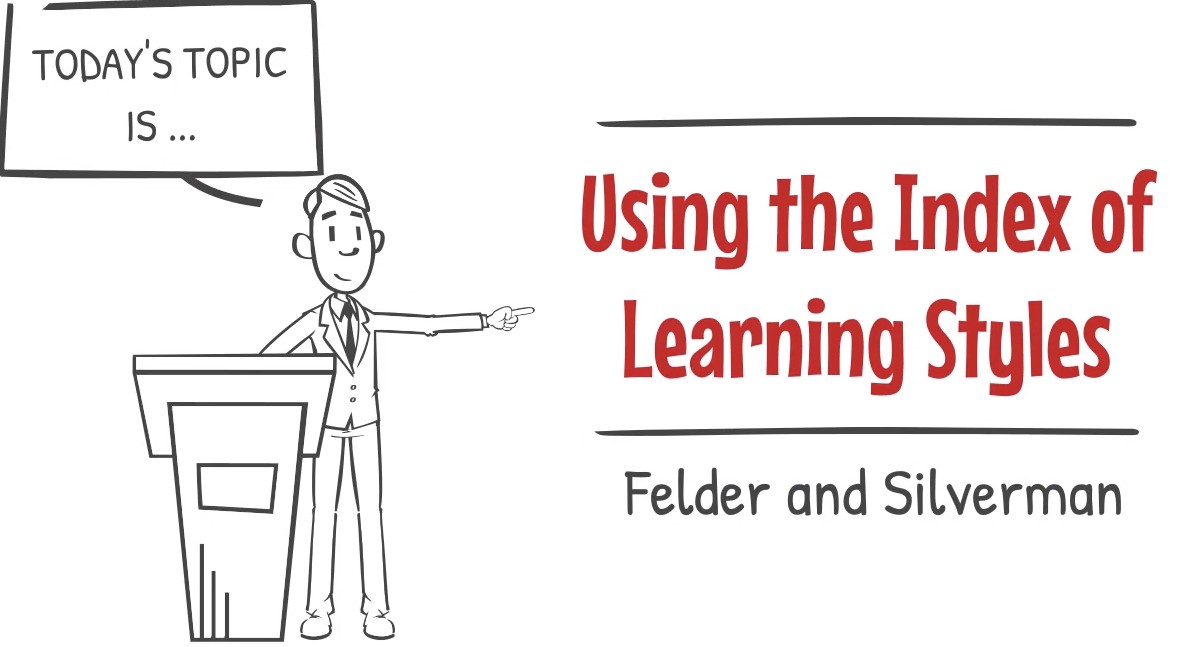Within the original research of the Index of Learning Styles, Felder and Silverman provided practical application, matching the learning preference with the most effective teaching techniques.

As active learners prefer experiential learning, hands-on experiences are essential for concrete learning opportunities. Provide practical problem-solving opportunities. Try using computer simulated options and employ new technology. Small group options are good for active learners as are brainstorming sessions. Also, try giving demonstrations with the option for learners to try the demonstration for themselves. Students with the active preference should be given the choice to interact with others, especially within collaborative learning.
Reflective learners are going to need an environment that starts with a fundamental understanding of the material. They need time to process information through reflection and thinking. This makes it essential for the educator to not fill every moment of class time with information. This leads to information-overload for the reflective learner. Instead, give brief intervals of time to process, especially after asking and open-ended question or looking for an analysis.
The visual learner needs to see things. Try using photos, media such as films, graphs, pictograms, demonstrations and even simple sketches. Infographics are particularly helpful for the visual learner as they process each piece. It tends to draw in this type of learner. Encourage this learner to transfer audio information into a graphic. Give them nudges to make information visual.
Recall that verbal learners are going to excel in learning situations that are focused on hearing such as discussions, listening or explanations. They will get the most of their learning through words. This is the easiest learning personality to meet. It comes easily for instructors.
Sensing preference learns best by focusing on facts and data. They need concrete information that deals with the facts, data, experimentation, statistics and they want to know the sources of information. They will tend to follow the scientific method. Like the visual learner, the sensor is going to want to see the data presented in a variety of ways such as graphs, pictures and even sketches. This type of learner will enjoy working with computer-simulated instruction.
Intuitive learners prefer the abstract whether that be theories, ideas, concepts or even models. They are going to prefer any material that is going to focus on ideas that refer to a fundamental understanding. They need inference, patterns and general overall views. Don’t handfeed the intuitive, though. Give general guidelines and direct them to find solutions or create a model. They particularly respond to open-ended questions and analysis. Be sure to always recognize their creativity and attempts, even if it comes to incorrect conclusions.
The sequential learner learns in a methodical, linear model. Their learning needs are best met through a formulated process from beginning to end and then an application opportunity. They like to have patterns to guide through learning. Even drill exercises such as repetition are valuable.
A global learner needs to see the whole picture. They are going to want to have an aerial view of the learning process which will motivate them. Finding personal connections will be important for the global learner. This type of learner like analysis, synthesis and open-ended questions to guide them through their learning. Like the intuitive learner, it is valuable and essential to appreciate all attempts at learning, even when they come to an incorrect conclusion.
Lastly, Felder and Silverman approach a learning suggestion for all preferences. “Talk to students about learning styles, both in advising and in classes. Students are reassured to find their academic difficulties may not all be due to personal inadequacies. Explaining to struggling sensors or active or global learners how they learn most efficiently may be an important step in helping them reshape their learning experiences so that they can be successful” (Felder & Silverman, 1988, p.680).
Please note that although Felder and Silverman note teaching opportunities for the inductive and deductive preferences, that these suggestions are not enumerated in this piece as Felder removed them from the Index of Learning Personalities in 2002.
Sources:
Felder, R. & Silverman, L. K. (1988). Learning and Teaching Styles in Engineering Education. Engineering Education, 78(7), 674-681.
Follow us on Instagram: MBTI.Specialist
Follow us on YouTube: StudentSuccessSpace
Want to learn more about this topic?
Learn more about MBTI on Udemy.com. Search for Tracy Atkinson’s courses.
Or read about MBTI. Search for Tracy Atkinson’s publications on Amazon.

Comments are closed